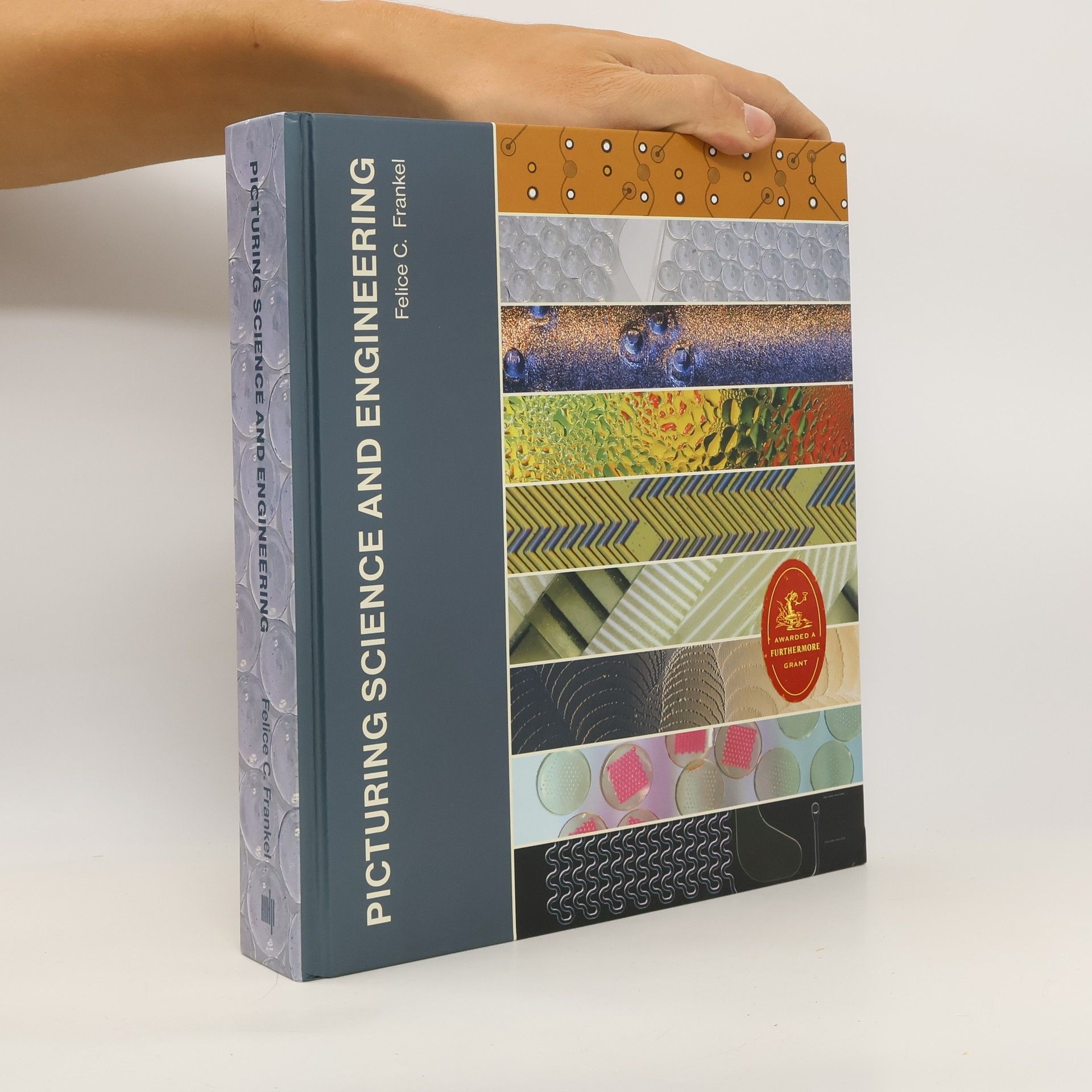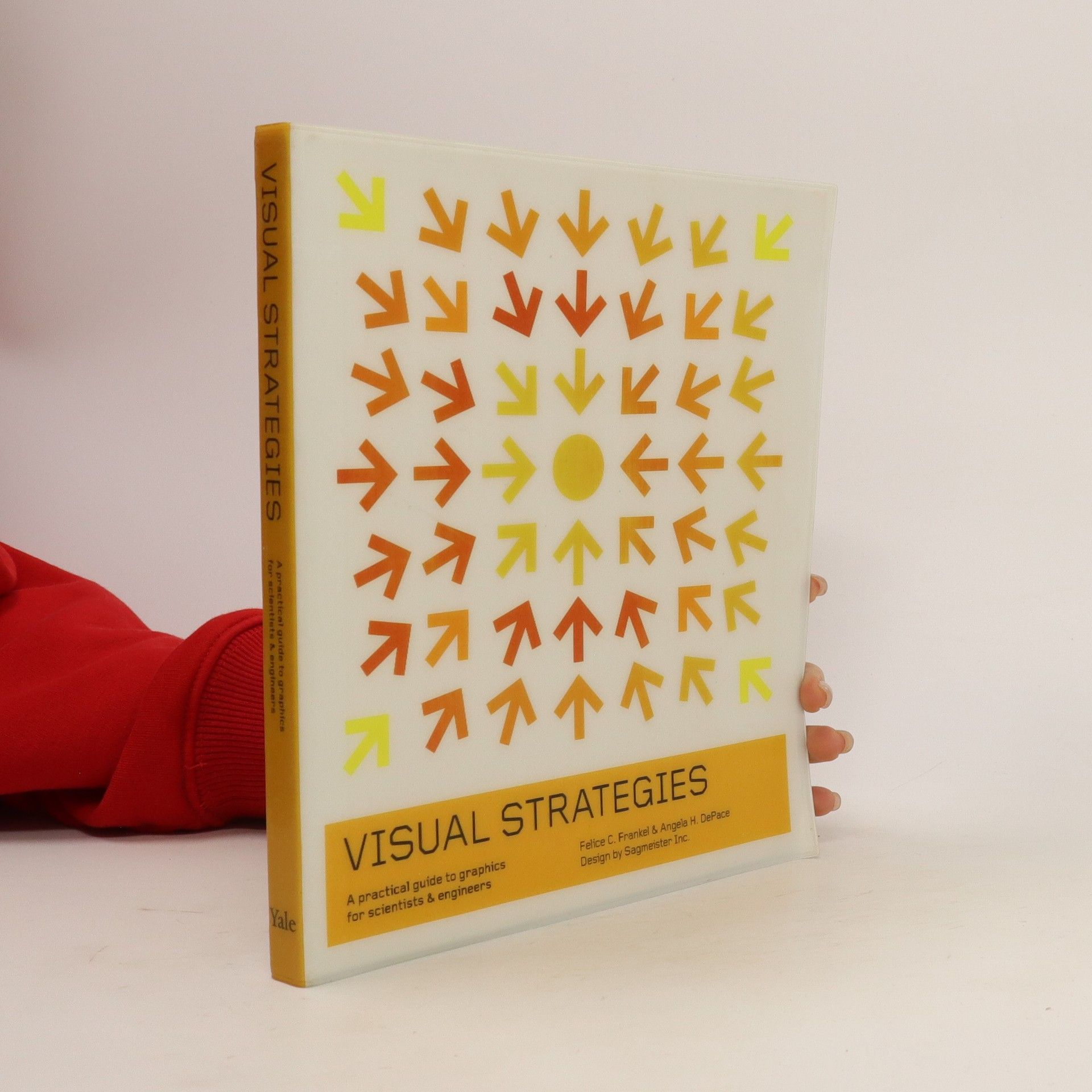Envisioning science
- 335pagine
- 12 ore di lettura
A complete guide to the creation of compelling science photographs.





A complete guide to the creation of compelling science photographs.
For researchers in all disciplines, this book offers a practical, hands-on course in communicating scientific findings and concepts through visual graphicsAny scientist or engineer who communicates research results will immediately recognize this practical handbook as an indispensable tool. The guide sets out clear strategies and offers abundant examples to assist researchers—even those with no previous design training—with creating effective visual graphics for use in multiple contexts, including journal submissions, grant proposals, conference posters, or presentations. Visual communicator Felice Frankel and systems biologist Angela DePace, along with experts in various fields, demonstrate how small changes can vastly improve the success of a graphic image. They dissect individual graphics, show why some work while others don't, and suggest specific improvements. The book includes analyses of graphics that have appeared in such journals as Science , Nature , Annual Reviews , Cell , PNAS , and the New England Journal of Medicine , as well as an insightful personal conversation with designer Stefan Sagmeister and narratives by prominent researchers and animators.
A guide to making scientific photographs for presentations, journal submissions, and covers, featuring step-by-step instructions and case studies, by an award-winning science photographer; illustrated in color throughout. One of the most powerful ways for scientists to document and communicate their work is through photography. Unfortunately, most scientists have little or no training in that craft. In this book, celebrated science photographer Felice Frankel offers a guide for creating science images that are both accurate and visually stunning. Picturing Science and Engineering provides detailed instructions for making science photographs using the DSLR camera, the flatbed scanner, and the phone camera. The book includes a series of step-by-step case studies, describing how final images were designed for cover submissions and other kinds of visualizations. Lavishly illustrated in color throughout, the book encourages the reader to learn by doing, following Frankel as she recreates the stages of discovery that lead to a good science visual
How many electrons can dance on the head of a pin? What do DNA strands look like when chased by an electrical charge? A rare collaboration between artist and scientist explores the hidden visual splendor of scientific phenomena. MIT photographer Felice Frankel finds startling beauty in the undulations of liquid crystal film and other scientific wonders. George Whitesides' text explains each photograph. Color photos throughout.
Auf der Nanoebene hat die Welt ein anderes, ein bizarres Gesicht. Das Problem ist, dass wir es nicht sehen geschweige denn einfach verstehen können. Dieses außergewöhnliche Buch führt beispielhaft ein in die grundlegenden Gebiete der Nanowissenschaft – Biologie, Physik, Chemie, Medizin. George M. Whitesides gibt einen Überblick über die jüngsten wissenschaftlichen Fortschritte, die uns die Mikrotechnologie beschert hat – so etwa einen IT-Prozessor, dessen Verbindungsdrähte nur noch eine Breite von 1000 Atomen haben. Er beschreibt neue Methoden zur Erforschung von Nanostrukturen und skizziert ihre technologische Anwendung. Nanokosmos beschäftigt sich dabei mit dem Nutzen wie auch den Risiken der Nano- und Mikrotechnologie. Kongenial entwerfen die Abbildungen von Felice C. Frankel dazu eine eigene bildliche Vorstellung. Einige sehen dabei wie Fotografien aus, wurden aber ohne Licht produziert. Sie repräsentieren das Zusammenspiel neuer wissenschaftlicher Instrumente, die kleine Dinge untersuchen können – Rastersondenmikroskope, Elektronenmikroskope –, mit Computern und Computergrafik.